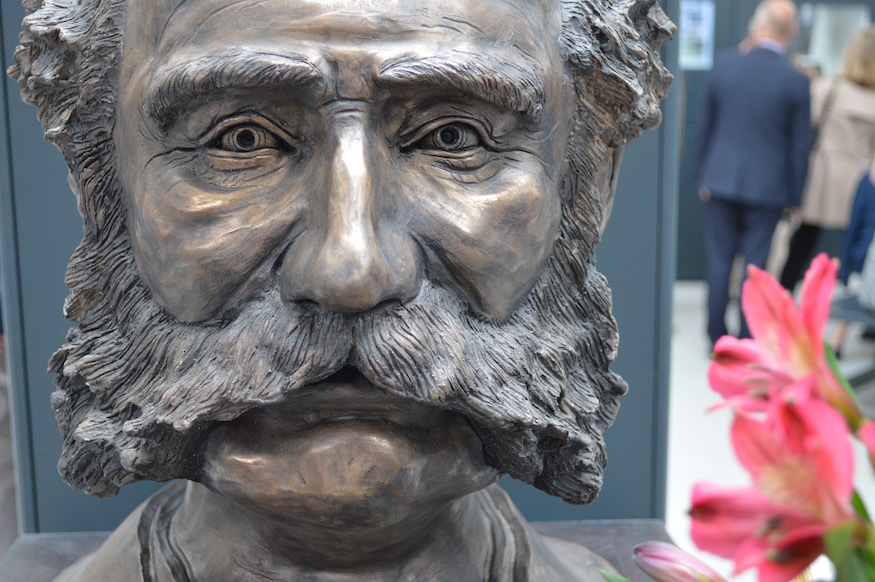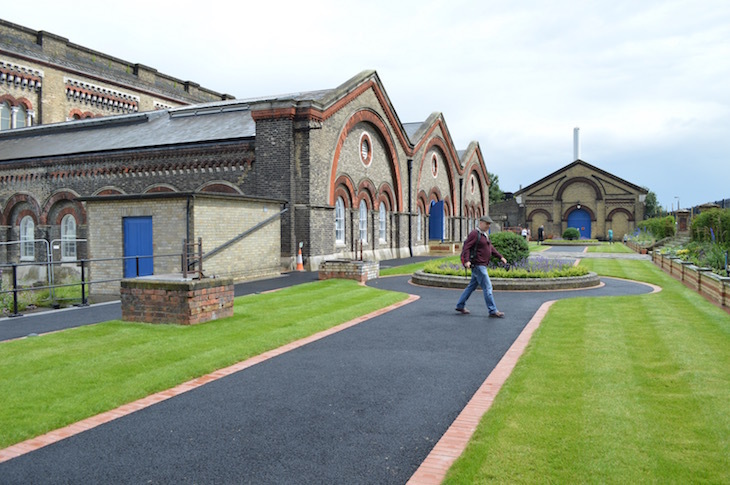
"Sir Joe would be really chuffed."
So declared Peter Bazalgette, name-checking his great, great grandfather Joseph who rebuilt London's sewer system. The bewhiskered Victorian looked on in bust form, at this week's reopening of his great 'cathedral of sewage', Crossness Pumping Station near Thamesmead. There's never been a better time to visit.

It doesn't exactly resemble a cathedral, but Crossness Pumping Station certainly has a grandeur. The central chamber is a riot of columns, arches and multicoloured ironwork. Proponents of the 'form follows function' school of architecture would cack themselves here. The form is that of a gilded fun palace; the function is to pump feculent water up from Bazalgette's sewer system and into the Thames. The Victorians took great pride in their engineering, even their sewer engineering.

Crossness opened in 1865 — a great pumphouse to cleanse south London. Its magnificent Italianette tower was a local landmark, visible for miles around in the flat marshlands of what was then Kent, and is now the London Borough of Bexley. The tower was demolished in the 1950s, when the pumping station was decommissioned.

The building fell into disrepair, and might easily have been lost were it not for an army of volunteers who have slowly brought the remaining structures back from the brink. The unforgettable highlights are the four giant beam engines that still lie within — among the largest in the world. These were a wonder of the age. Indeed, the engines are named after members of the royal family, a quartet of enormous shit-shovellers called Victoria, Albert Edward, Prince Consort and Alexandra.

Thanks to the work of the volunteers, Prince Consort is once again under steam. Visitors can see the massive engine see-sawing up and down as Bazalgette intended. It's also possible to see the engines working from below, or climb up and watch from above.

Crossness has also benefitted from a £2.8 million Heritage Lottery Fund grant, along with further cash from English Heritage and other sources. The money helped with the restoration, as well as contributing to a landscaped garden and the creation of a new museum space to make a visit even more rewarding.

The museum is neatly done, with punchy, engaging displays on the history of sewerage, sanitation and public health. A special exhibition marks the 150th anniversary of the last outbreak of cholera — a disease that Bazalgette's sewers helped to eradicate. The museum space culminates in a thought-provoking history of the toilet, including a display of the surprising items people once used to wipe their bottoms. We're still trying to figure out the mussel shells.

The Crossness Pumping Station beam house and museum are located within Thames Water's Crossness site. On-site parking is provided, or else the buildings can be reached with a 10-minute taxi ride from Abbey Wood station, or a 30-minute walk. The museum also puts on a shuttle bus to Plumstead station on selected weekends. See website for more details and open days.



